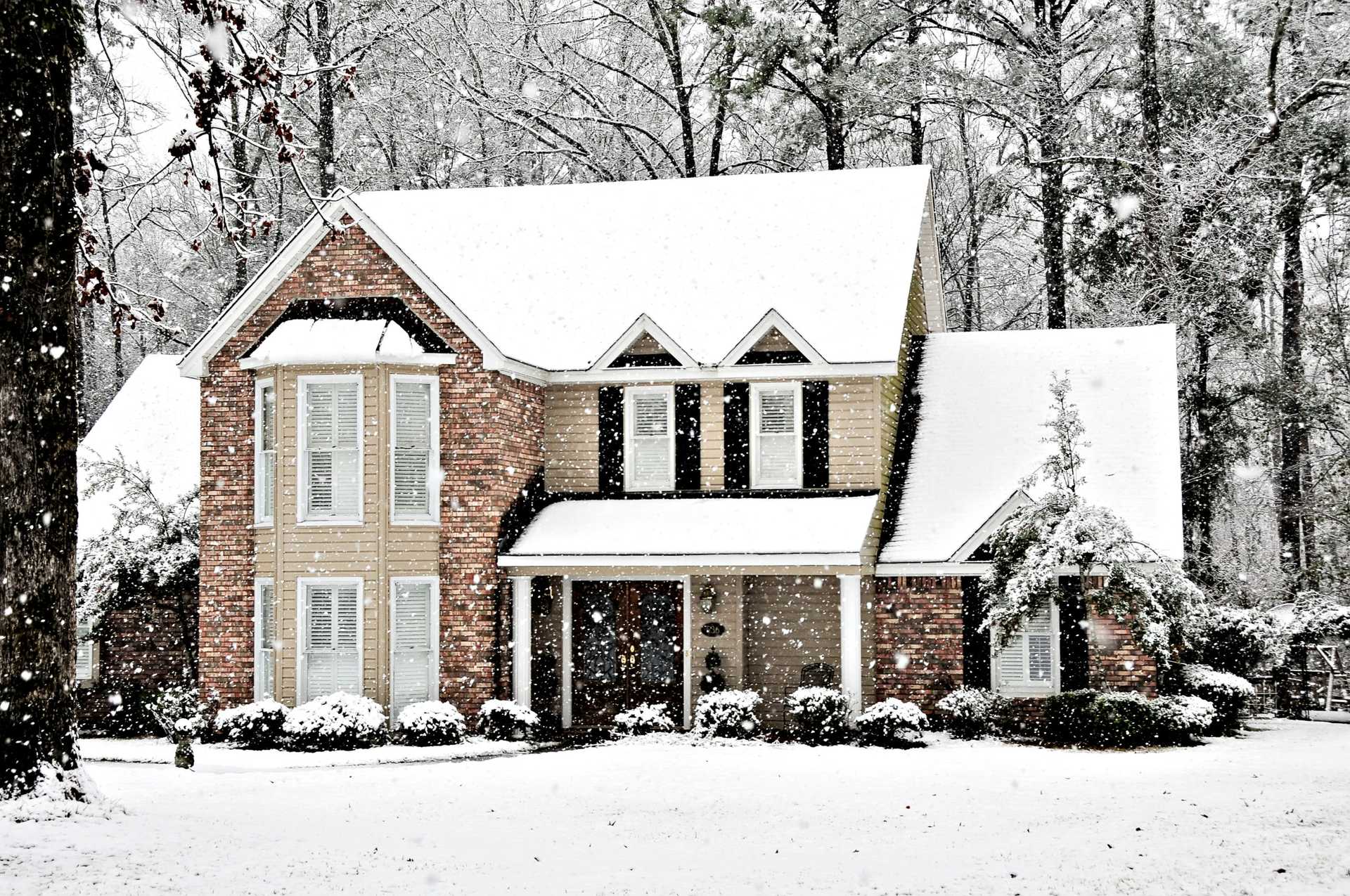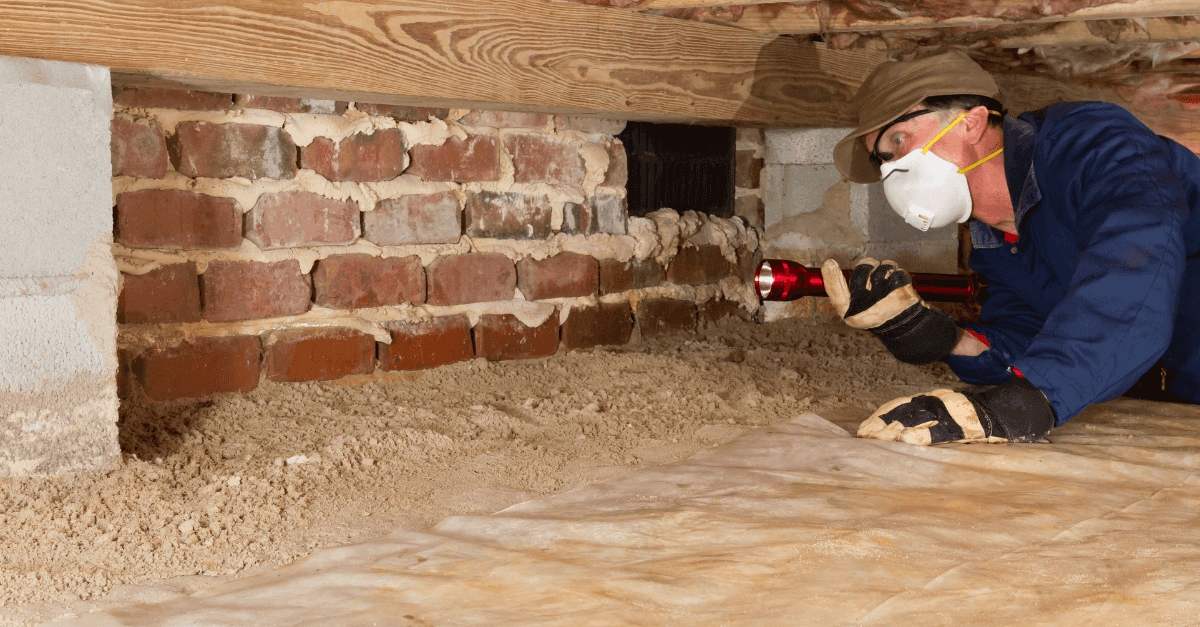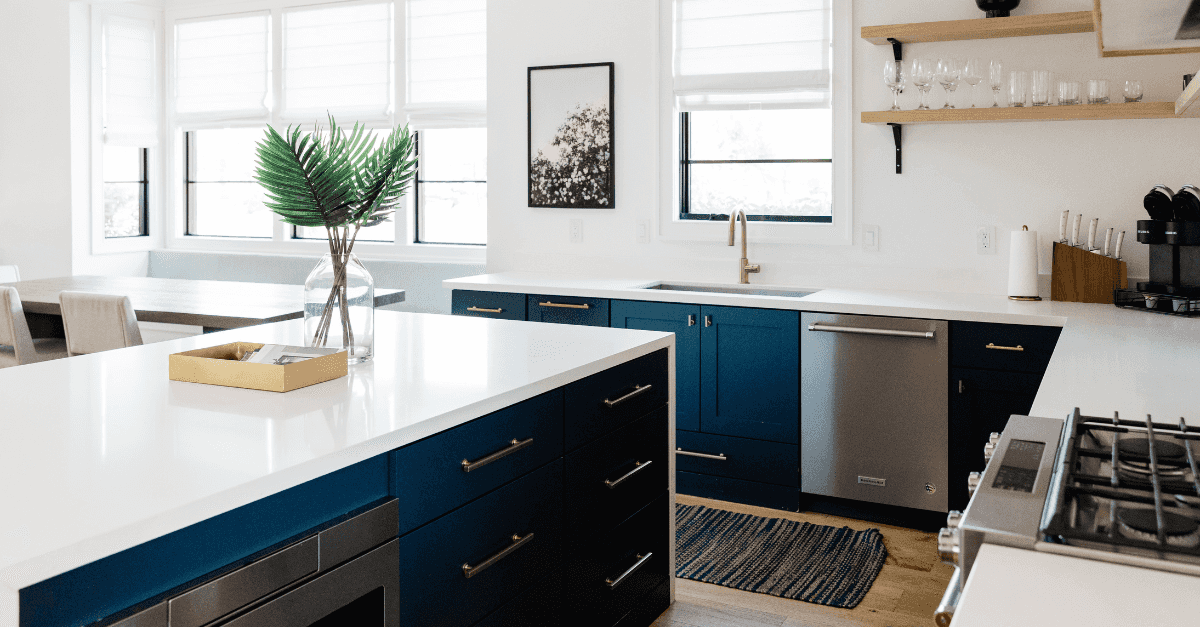Winter Home Maintenance Guide for 2023

Winter is not usually the easiest time to make repairs on your home. So, it’s smart to perform a winter maintenance checklist to ensure your home is in good condition to make it through the winter. For folks in colder climates, this is typically done in late fall before the holidays. However, if you have’t done it yet it’s not too late! According to our Washington DC handymen, here are the top winter home maintenance checks you should perform on your house!
On this page
- Exterior
- Gutters and downspouts
- Heating system
- Roof
- Doors and windows
- Water heater
- Interior
Exterior
Before the deep freeze sets in, it’s a good idea to take a good look at the exterior of your home.
- Check for damage, leaks, and water damage. You’ll want to check any areas prone to moisture or water infiltration—like your fascia, soffit, window capping, and door frames—for signs of wet wood, wood rot or mold growth.
- Check for loose or broken siding panels or cracks in stucco
- Take a look around the perimeter and make sure there is no water pooling that is contact with your foundation. This can lead to basement leaks and cracked foundations when the water freezes
- Drain all exterior hoses so now water is sitting inside. Remove hoses from water connections unless you plan to use the hose regularly throughout the winter.
Gutters and downspouts
Cleaning your gutters during late fall is an excellent way to prepare for winter. Leaves falling during autumn always get stuck in gutters and downspouts, and can prohibit the flow of water away from the house. So before snow flies and temperatures drop below freezing, take some time to clean out your gutters and downspouts. While your up there, check for:
- Damage – Look for any places where the gutters or downspouts may be damaged, especially along the seams if you don’t have seamless gutters.
- Wood Rot – Look for any places where the gutter is not securely fastened to the fascia board. If the gutter is pulling away from the fascia, the wood where it is attached could be rotted.
- Downspout & Drainage Systems – Make sure that downspouts reach far enough away from foundation walls so water will drain freely away from the house.
Heating system
If you live in a cold climate, you’ll want to make sure your heating system is operable and tuned up. Nothing is worse than going to turn on your heat during the first cold snap and realizing your heating system isn’t working. Be sure to:
- Replace filters. Most modern furnaces have an air filter that should be replaced every 3 months.
- Have your furnace checked or cleaned at least once a year to ensure functionality and energy efficiency.
- Check thermostat settings and test to make sure the heat is working.
Roof
Fixing roof issues is difficult when there’s a layer of snow on the roof. You’ll want to get ahead of this during the fall.
- Check the roof for leaks. Peel back the first layer of shingles at the eave and inspect the wood/underlayment beneath to ensure there is no rotted wood. Also take a look inside the attic to see if there is any rotten wood visible from underneath.
- Check the flashing around the chimney, skylights, and all roof intersections. Look for any split or cracked tar at flash points which could allow water to penetrate into the roof.
- After the first snowfall, look for ice dams collecting at the eaves of the roof. This can cause water damage to your home’s interior if not addressed quickly.
Doors and windows
Your windows and doors account for more than half of the energy loss in most households. It’s important to inspect these before the winter to ensure they are sealed and capped properly for maximum energy efficiency.
- Check the frames of your windows and doors to ensure they are sealed properly. Add additional sealant where old seals are cracked or rotted away.
- Check that the glass is intact, not cracked or broken.
- Ensure locks work correctly on each door/window and keep them locked for maximum energy efficiency.
Water heater
- Check the temperature setting of your water heater. If you’re unsure, check the manual or call a professional to help you find out.
- Clean any filters on your water heater.
- Check for pilot lights near burners on gas models.
Interior
- Check your smoke detectors and fire extinguishers.
- Check your carbon monoxide detectors and circuit breakers/fuses.
- Inspect and clean out heating system vents—if clogging is built up over time, it could cause poor airflow, which would hinder efficiency and increase energy consumption levels significantly!
Conclusion
So there you have it! Winter is already here, but it’s not too late to go through this checklist to ensure you’re ready for the deep freeze of February. If you find any problems that need to be addressed, be sure to sign up with PunchList to use our free home repair estimator to get a quote on your repair!


